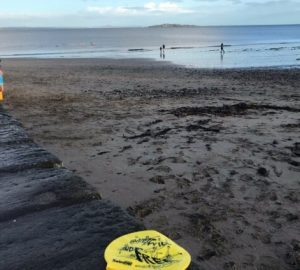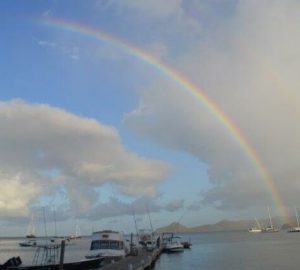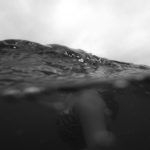The difference a few degrees can make
Last weekend I had the pleasure of being a guest of the team behind Swim the Costa Brava at their Cala Montgó Swim Festival – two days of sea swimming with races ranging from 1.5km to 12km, and a kids race and relays too.
Cala Montgó is a relatively unspoilt cove adjacent to a natural park, which provides a fantastic backdrop to the swim. The water is warm, clear and full of fish. The 12km swim begins at the town of L’Estartit, rounds the Illes Medes (a string of uninhabited protected islands) before hugging the impressive rocky coastline and finally turning into the bay at Cala Montgó. It’s a challenging sea swim with currents, waves and chop to deal with, and most swimmers took quite a bit longer than they expected – but it was lovely and warm.
For the most part, the water temperature was around 21 degrees, with the occasional warmer or cooler patch, but even after nearly four hours in the water I wasn’t the slightest cold. I didn’t suffer from any ‘after-drop’ or uncontrollable shivering nor did I need to wrap myself in warm clothes. Yet, a few weeks earlier, I suffered badly from the cold after a swim in 16-degree Windermere.
Five degrees isn’t much but clearly my current sustainable temperature tolerance lies somewhere between 16 and 21 degrees. For other people it’s lower. All English Channel swimmers are supposed to complete a six-hour swim in water of less than 16 degrees and some can do that quite comfortably. A few are happy in the water for hours at temperatures in low double digits. For other people, 21 degrees is too cold.
Like swimming speed, temperature tolerance is very individual and there is a wide range. It can be improved through training but, like speed, there will always be differences between people caused by factors including fitness, experience, size and body fat.
But, unlike swimming speed, there is a (potentially dangerous) sense of machismo around temperature tolerance. We don’t mock people for swimming slowly but we do (sometimes) mock them for being wimps about the cold – as if it’s some kind of character weakness rather than normal individual variation.
It’s only through experience that we can find out what our individual temperature tolerance is but it’s a number worth knowing. It won’t be a precise, unchangeable number as it is affected by weather conditions and how you feel on the day but it’s a useful guide for keeping you safe when open water swimming. Yes, challenge yourself to improve your tolerance (just as you do with speed and endurance) but don’t let yourself be pushed into swimming long distances in colder temperatures than you’re ready for just because other people are doing it. We don’t expect untrained people to swim as fast as professionals so nor should we expect the inexperienced to tolerate the same temperatures as those with more practice. Unless you’ve trained for it, will-power won’t allow you to keep up with faster swimmers and nor will it enable you to cope with colder water.
Northern hemisphere water temperatures are dropping fast now. A few degrees can make a big difference between a comfortable swim and hypothermia. Know your limits and decrease your time in the water accordingly.






